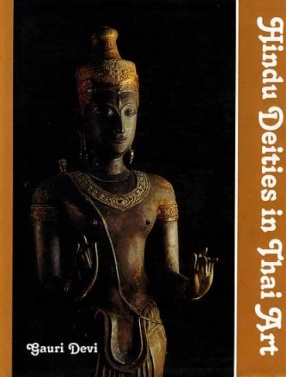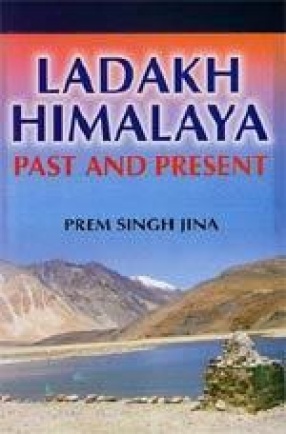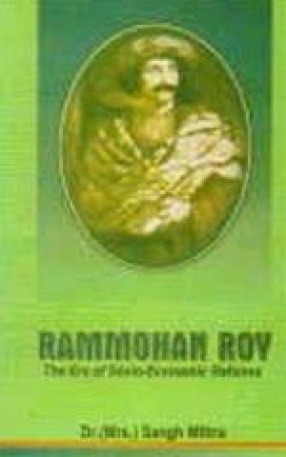Mudras or postures of the hands have been central to the iconography and ritual of the esoteric Mantrayana and Vajrayana denominations of the Tantras. They accompany the mantras in rites, so that the verbal plane of the mantras and physical plane of the mudras harmonise to interiorise the cosmic and spiritual forces. They lend efficacy and transcendance to the processes of realisation or Sadhana. The visualisation of the Divine in one’s innermost being entails the epiphany of the main deity with all its attributes and mudras. As Tantric iconography developed and ritual diversified, a large number of mudras evolved. Three categories of hand gestures can be discerned. The first category is the hasta or hand-gestures of dance, which is a veritable non-verbal vocabulary. The second category of mudras are the attributes of fearlessness (abhaya), argumentation (vitarka), salutation (anjali), earth-touching (bhumi-sparsa), meditation (dhyana), ecstasy (samadhi), turning the wheel of Dharma (Dharma-cakra-pravartana), granting boons (varada), wisdom-fist (bodhyagri), and so on which are determinative characteristics of the various Tathagatas and Bodhisattvas. These mudras are relatively restricted to sculpture and painting. The third category of mudras is concerned with the esoteric liturgies dedicated to Mahavairocana of the Garbhadhatu and Vajradhatu systems, of Vajrasattva of the Naya-sutra, of Ragaraja (Aizen Myoho), and with the more general eighteen-step- rite (juhachido) and the fireceremony of homa (goma). The earliest illustrated manual of mudras goes back to the great master Subhakarasimha who lived from 637 to 735. As early as AD 1272, a mudra-manual entitled Shi-do-in-zu, appeared in the Tendai denomination in accordance with the tradition of Chisho Daishi. It contains the mudras of four (shi) rites (do): Garbhadhatu, Vajradhatu, homa and eighteen step rite. A manual of this tradition has been illustrated and described in the present work. The worshipper sanctifies himself, the sanctum, and invokes the deities of infinite worlds to descend in the purified space. The ramparts of vajras and of flames prevent demoniacal forces from penetrating the precincts. He enshrines the main deity and his retinue in the temple of his heart as his whole being is concentrated in meditation. He visualises the serene symbolic presence of the Dharmakaya in the incandescence of his visualisation. The second part (pages 117-410) illustrates the mudras of Tathagatas, Bodhisattvas, Devas esp. Twelve Devas, Goddesses, Usnisas, Planets, Constellations, Sadaksara-sutra, Raksa-sutra, Ratnakuta sutra, Naya-sutra, Vajrasattva, Panca-guhya, various Akasagarbhas, Eight Mahakumaras (Dai-doji), homas, fourteen mudras of Acala, four seasons, Catur-Maharajika, and so on. The mudras in this part are large and clear. They are accompained by Sanskrit mantras in Siddham script.
Esoteric Mudras of Japan
In stock
Free & Quick Delivery Worldwide
Bibliographic information
Title
Esoteric Mudras of Japan
Author
Edition
1st ed.
Publisher
ISBN
8186471561
Length
viii+509p., Figures; Index; 29cm.
Subjects






There are no reviews yet.